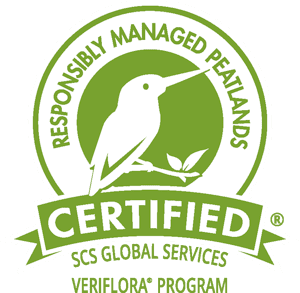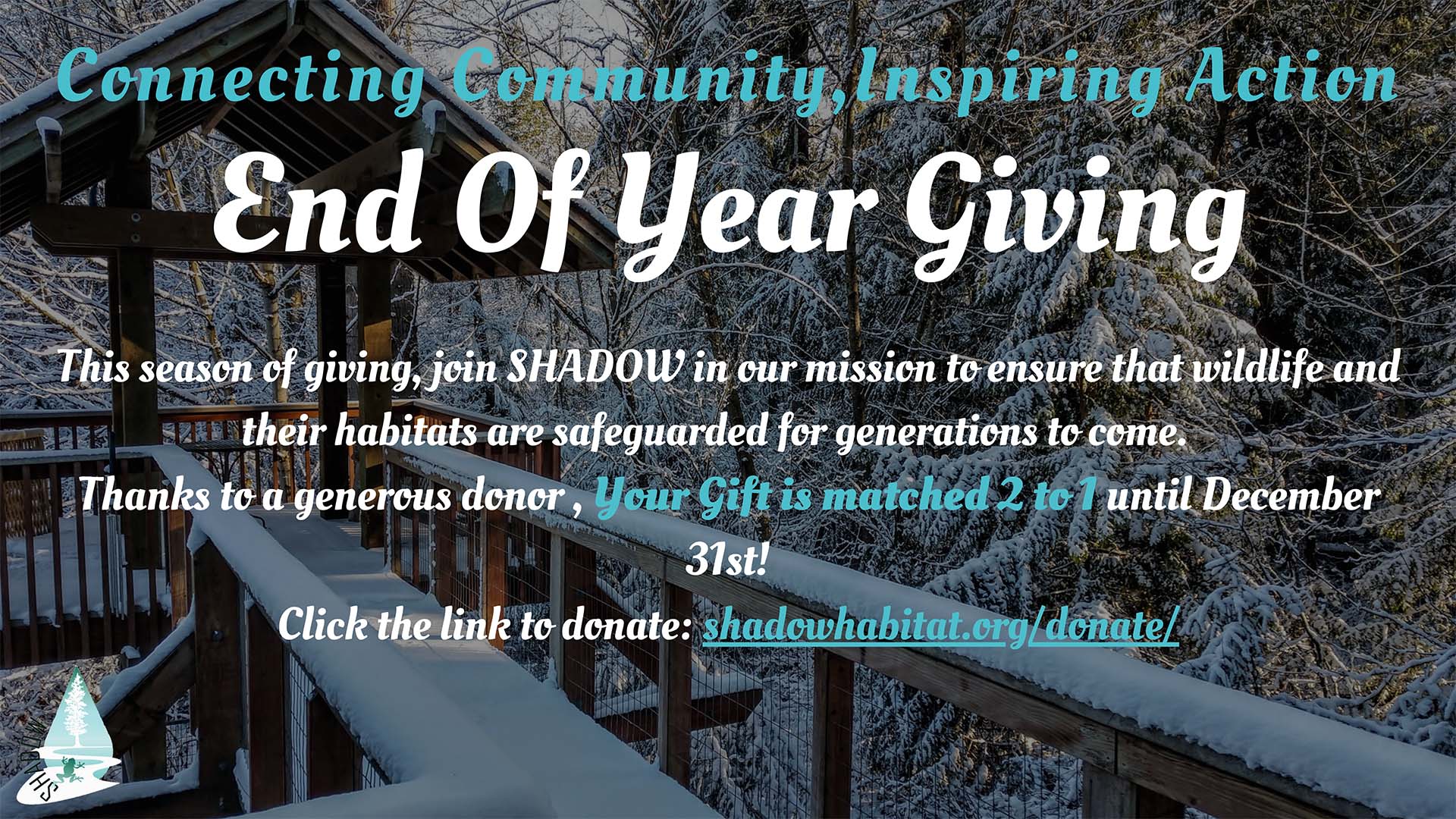Peat used to be big business in the Puget Sound lowlands. So big that in a matter of decades, 90% of the peat deposits that had been building up in the 10,000 or so years since the most recent ice age were depleted. Those that hadn’t been mined for the nursery trade or packing material for WWII ammunition were filled or drained for agriculture and/or urban development. (For example, the area where Southcenter Mall stands now once was a large peatland.) Because of the unique qualities of the mosses that make up bogs, they can take in Carbon Dioxide and produce Oxygen just like trees. Unlike trees, any Co2 sequestered will continue to remain in the earth even after the individual moss dies because of the amazing preservative acidity of mosses. Even at their current diminished levels, peatlands store approximately 30% of the world’s soil carbon.
Peat moss harvesting (sometimes called “mining” because while peat is technically renewable, it takes thousands of years to accumulate) is still a very lucrative economy in parts of Canada, where large peat deposits remain around Hudson Bay. It is a popular way to add organic matter to a garden, and the primary ingredient in potting soil mixes; you might have seen it for sale in big bags at a garden center. When bogs are mined, the long-preserved organic material is exposed to the oxygen in the air, which causes stored Co2 to be released into the atmosphere. Unfortunately, peat accumulates in nature very slowly, roughly at the rate of about 1 centimeter (about 0.39 in) in ten years. However, work is being done by the peat moss industry in Canada to restore harvested peatlands and transform peat-harvesting into a more sustainable practice. The key pieces of the restoration process are rewetting harvested bogs (bogs are ditched and drained before harvest to remove water) and re-planting the top layer of mosses. Using these newly developed techniques, harvested peatlands are typically able to regenerate and return to a naturally functioning peat accumulating ecosystem in as little as 20-30 years, according to Canadian Horticultural Peat.
Is There Such a Thing as Sustainable Peat?
SHADOW believes that it’s still best to look for peat alternatives like coconut coir, rice hulls, sawdust, autumn leaves, or compost additions to gardening, but if you must use peat-based products, look for the Responsibly Managed Peatlands label.
By Land Management Lead, Shelley Pasco




Recent Comments